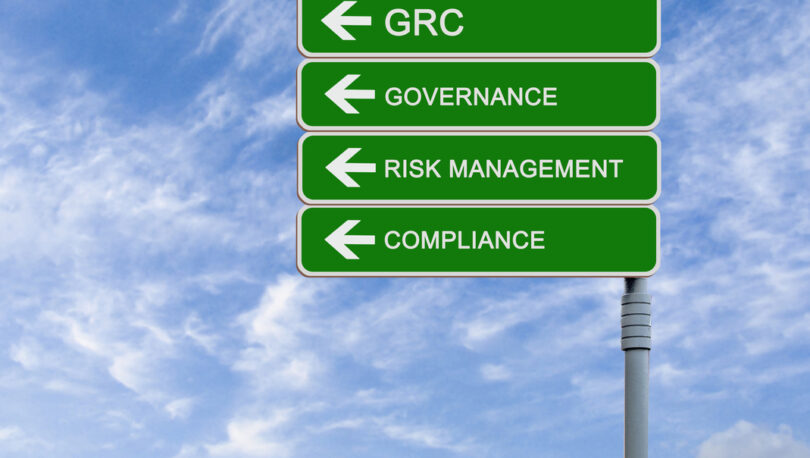Across NPI’s client portfolio, we’ve seen an uptick in IT GRC (Governance Risk & Compliance) solution purchases such as RSA Archer and ServiceNow Risk Management. This isn’t surprising given how difficult it’s become to streamline internal IT processes for things like audits (internal and external), risk assessments, regulatory scrutiny, vulnerability remediation, security and more. The benefits of IT GRC abate these challenges and bring some organizations to the greater endeavor of IT risk management.
So, what are the benefits of IT GRC?
More efficient management of risk and compliance initiatives can be gained by establishing a stable and sustainable organizational structure in one secure system. One key reason to implement an IT GRC program is the definition and documentation of the various organization layers; typically as a one-to-many relationship. Business units (BUs) can then be mapped to business processes (BPs), which are in turn mapped to business applications/systems. This allows assessments to be conducted more efficiently, with specific targets of opportunity, and tangible and actionable results.
A way to institutionalize standardized IT GRC processes for the performance of and reporting on all audits, risk assessments, regulatory exams, vendor assessments, vulnerability scans, penetration tests, etc. An IT GRC program can be designed to enable managers across the organization to access relevant IT GRC info in a common location and format.
Business Process Improvement (BPI) results when an effective IT GRC tool workflow is developed and implemented to help centralize and improve the consistency of organizational IT GRC-related processes. This allows teams from Audit, Compliance/Risk Management, and Information Security to produce “findings” or “issues” that require the affected business unit to initiate remediation routines. Implementation of standard workflows allows issue owners to respond within specific time frames to high-risk issues, define remediation plans and, ultimately, capture evidence of such remediation.
Your organization can improve the relationship between key stakeholders in IT and the business by reducing the redundancy often experienced when IT GRC representatives (or auditors) request the same information from stakeholders multiple times for different reasons. IT GRC programs and tools can often provide granular access control capability in order to securely share common information more among those who “need to know.”
There is true and tangible financial savings associated with the “retirement” of outdated business processes or scenarios where internal teams rely on legacy processes or programs. Typically, the deployment of an IT GRC program or tool results in substantial time savings and, in some cases, reductions in software and systems costs as unnecessary assets are discovered.
We anticipate that this uptick in IT GRC solution spend will continue as enterprises grapple with managing their ever-expanding technology ecosystems.
